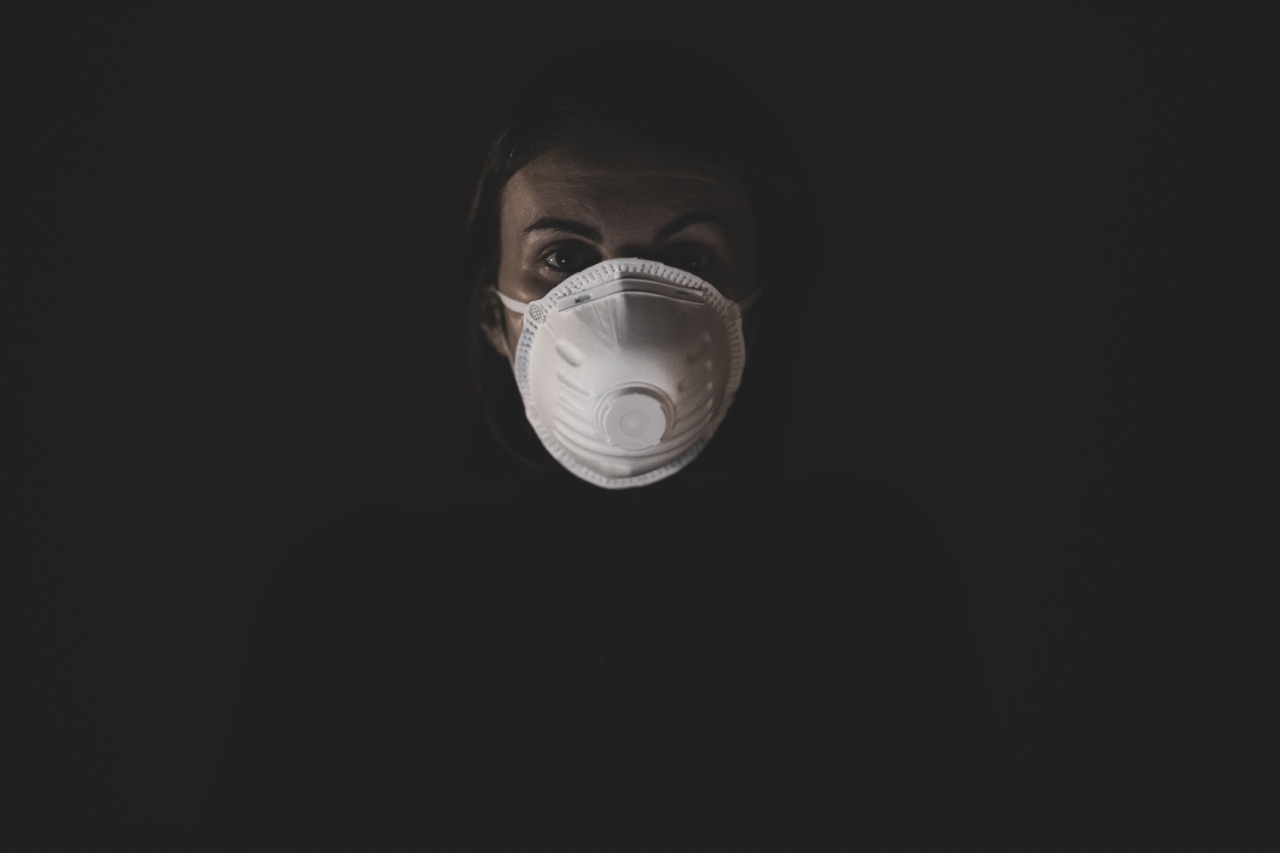A deadly strain of the H1N1 flu virus has claimed the lives of 9 people and has led to the hospitalization of 39 others in a recent outbreak.
The outbreak has sparked concerns among health officials, who are now taking measures to contain the spread of the virus and mitigate its impact on public health.
Influenza Strains: H1N1
H1N1, also known as swine flu, is a subtype of the influenza A virus. It gained attention in 2009 when it caused a worldwide pandemic.
The H1N1 flu virus is a particularly dangerous strain due to its ability to rapidly spread from person to person and its potential to cause severe illness. It is especially concerning because it affects individuals across a range of age groups, including young and healthy individuals who are typically less susceptible to severe flu symptoms.
 .
.
Symptoms and Complications
The symptoms of H1N1 flu are similar to those of seasonal influenza. They may include fever, cough, sore throat, body aches, headache, chills, fatigue, and sometimes diarrhea and vomiting.
Most people with H1N1 flu experience mild symptoms and recover within a week without requiring medical attention.
However, certain individuals, such as young children, pregnant women, older adults, and those with underlying health conditions, are more prone to developing complications.
These complications can be life-threatening and may include pneumonia, respiratory failure, and exacerbation of chronic medical conditions.
The Recent Outbreak
The recent outbreak of the deadly H1N1 flu strain has affected multiple regions, raising concerns about its potential to become a widespread epidemic.
The affected individuals have displayed severe symptoms and required hospitalization for intensive care and supportive treatment.
Health officials are actively monitoring the situation and investigating the source of the outbreak. They are working to identify potential carriers of the virus and implementing preventive measures to limit its spread.
Preventive Measures
To prevent the further transmission of the H1N1 flu virus, health organizations advise individuals to practice proper hygiene, such as frequent handwashing with soap and water or using alcohol-based hand sanitizers.
Additionally, it is recommended to cover the mouth and nose with a tissue or elbow when coughing or sneezing, and to avoid close contact with sick individuals. Vaccination is also highly recommended, especially for high-risk groups.
Treatment and Antiviral Medications
Early treatment with antiviral medications is crucial for individuals infected with the H1N1 flu virus, particularly those at high risk of developing complications.
These antiviral medications can help reduce the severity and duration of symptoms, as well as prevent complications.
However, it is important to note that antiviral medications should be administered under the guidance of a healthcare professional, as improper use may lead to drug resistance and reduce their effectiveness in treating future outbreaks.
Global Response and Preparedness
In response to the recent outbreak, health organizations and governments worldwide have heightened their surveillance and preparedness efforts.
Public health agencies are closely monitoring the situation and maintaining open lines of communication to swiftly respond to any developments related to the H1N1 virus.
For instance, the World Health Organization (WHO) collaborates with national health authorities to strengthen laboratory capacities, facilitate early detection, and generate a global response plan.
Furthermore, governments are stockpiling antiviral medications and other necessary medical supplies to ensure they are readily available in the event of an outbreak.
Conclusion
The recent outbreak of the deadly H1N1 flu strain serves as a reminder of the ever-present threat of infectious diseases. Health officials continue to work diligently to contain the spread of the virus and protect public health.
It is essential for individuals to adhere to preventive measures, such as proper hand hygiene, vaccination, and staying informed about the latest updates from trusted health authorities.






























